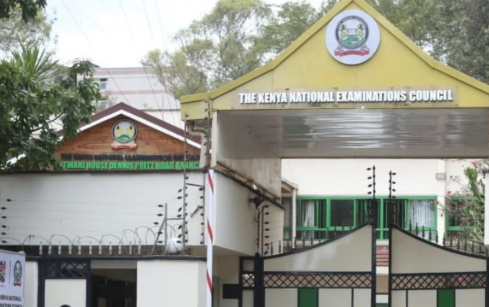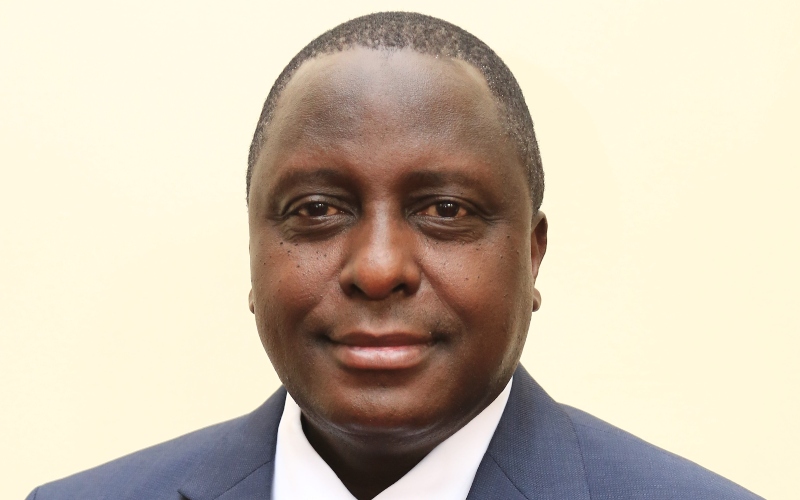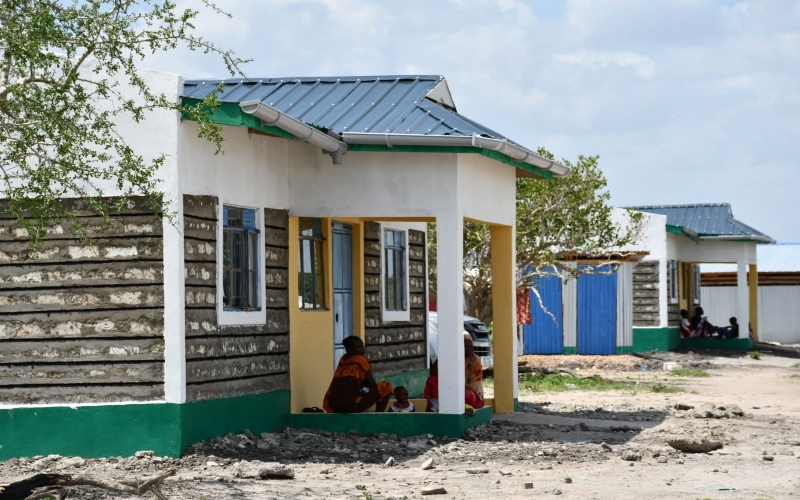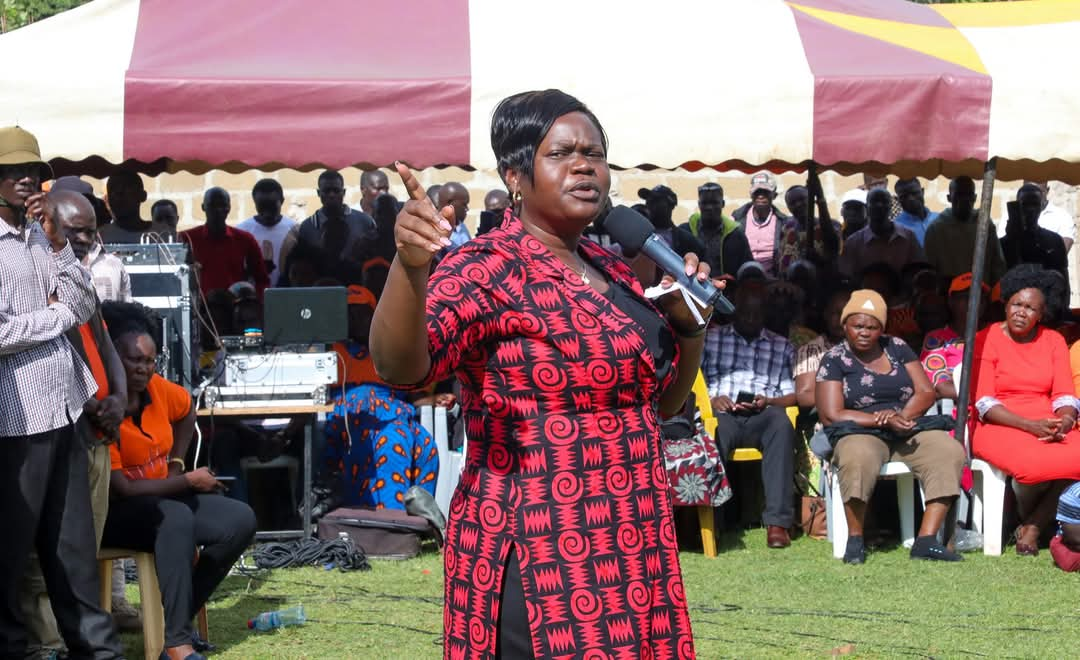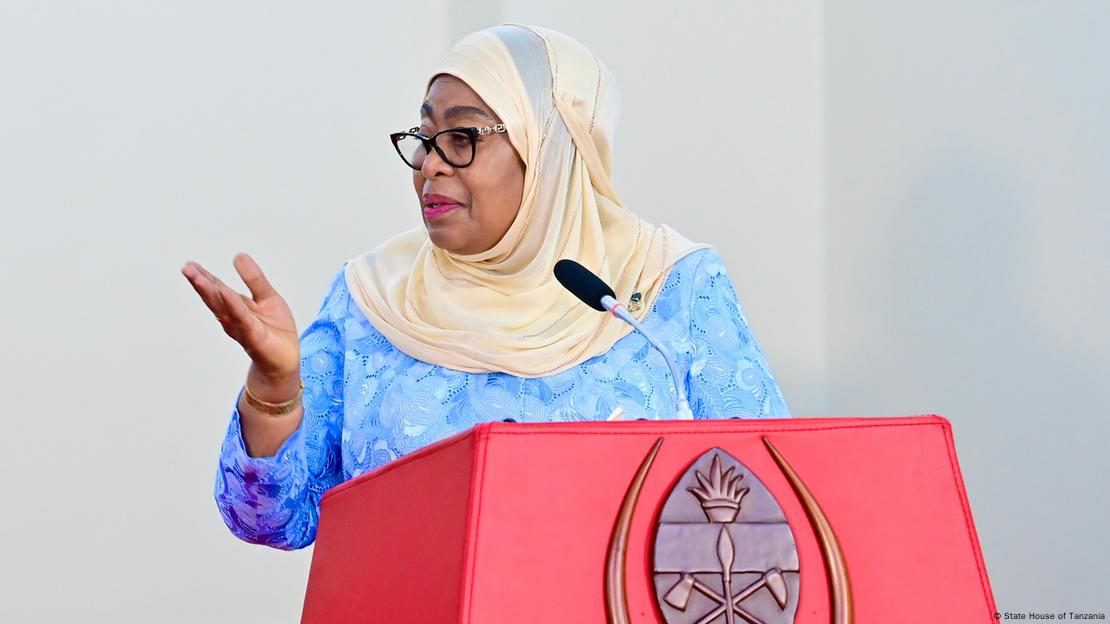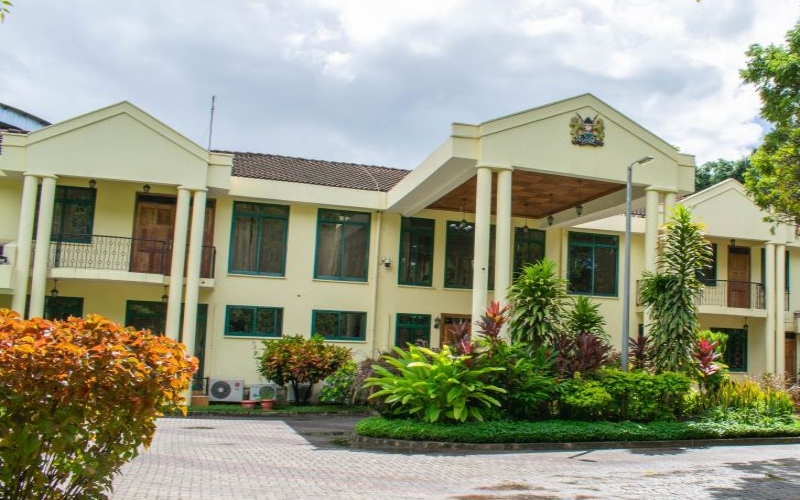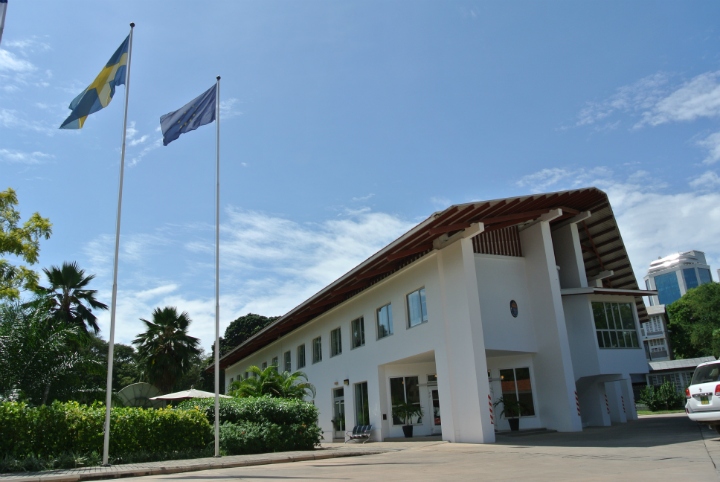Northern Kenya's potential unleashed with air transport revamp

In this year’s budget, which is his first, President William Ruto has identified infrastructure as one of the key economic enablers, allocating it Sh351.3 billion.
The allocation by the government of Sh727 million for the building and expansion of airports and airstrips this financial year could prove to be an economic enabler to once-marginalised regions like the northern frontier.
Wajir and Isiolo international airports — two major airports in the northern Kenya region — will benefit from the allocation that will see their runways renovated and expanded, in a bid to position them to receive more flights.
More To Read
- Court dismisses petition to remove Governor Guyo over alleged party defection, sets strict rules for party switching
- Kenya Airports Authority clarifies viral video of SUV convoy at JKIA, cites official state protocol
- RwandAir resumes Mombasa flights, launches Kigali–Zanzibar route after six years
- Isiolo courts investors as county pushes public–private partnerships in economic transformation drive
- Senate summons Isiolo, Kericho governors for skipping audit hearings
- Court nullifies Isiolo County’s Sh7.3 billion budget over illegal process, lack of public participation
The Kenya Airports Authority (KAA), in its efforts to expand air transport in the country, is taking forward-looking measures, needs-based actions and overarching guidelines such as digitisation, technological solutions and sustainability to enhance connectivity by air in the country.
KAA Managing Director Alex Gitari says that they are continuing to invest in infrastructure development and expansion projects to meet future demand and enhance passenger experience.
"KAA has formulated a comprehensive development plan for various airports in the country. The strategy includes the construction of passenger terminal buildings at multiple airports,” said Gitari.
According to Gitari, Isiolo Airport will undergo runway and apron extension. Other priorities include the establishment of solar farms at Wajir and Isiolo airports.
"These development projects reflect KAA's commitment to improving infrastructure, enhancing safety, and expanding operational capabilities at various airports throughout Kenya and connecting efficiently to the aviation global circuit."
In this year’s budget, which is his first, President William Ruto has identified infrastructure as one of the key economic enablers, allocating it Sh351.3 billion.
This allocation is significant, for instance, to Wajir airport, whose activities have significantly reduced despite being a key contributor to the country's revenue ten years ago when all flights from Mogadishu were directed to it and not Nairobi.
Juba Airways, African Express East Africa, Safari Express, Freedom Airline, Oceanic and Fan Jet Express aircraft used to land at the airport before proceeding to Nairobi. The move to resume direct flights followed a state visit by former Somali President
Mohamed Farmaajo to Kenya where he reached an agreement with his host.
According to Ali Mohammed, a hides and leather trader in Wajir and Nairobi, should traffic increase at the airport, cargo and passenger volumes are expected to improve due to the rising number of airlines operating from there.
“With the existence of abattoirs in the region, investors like us seeking to export meat to the United Arab Emirates and other Middle East countries will find the facility beneficial,” says Ali.
Located four kilometres from Wajir town and 100km from the Gerille border point with Somalia, the airport was established primarily for military activities.
In March 2022, I Fly Air airline launched daily direct flights to Wajir. I Fly Air says their expansion to Wajir seeks to facilitate seamless travel for business people travelling to and from Wajir as there was no daily return flight before. The airline will also offer cargo services to its customers.
The airline is a major source of employment. Mr Adan Bishar, who owns Simran Travel Agency, for instance, earns a commission of Sh500 from each customer travelling from Wajir to Nairobi and Sh1,000 from passengers travelling from Nairobi to Wajir.
He makes travel arrangements for up to 30 customers or more daily during holidays.
“From this business, I can fend for my family and meet my other needs,” he says.
Taxi drivers in Wajir town also benefit from the facility as the airport is located about five kilometres away.
For the Isiolo airport, which was commissioned in 2017 after its refurbishment, underutilisation and idleness have been its main challenges. It is located in Isiolo County and it is the country's fifth international airport.
Isiolo Governor Abdi Guyo says the county is working with the national government to expand the runway for bigger aircraft and cargo planes. His administration met with the relevant departments to speed up the process and ensure the full operation of the idle facility.
“We are closely working with the national government to expand the airport’s runway to accommodate bigger aircraft and cargo planes as well as make operational other private flights. Operationalising the flights will ease transport challenges as tourists visiting Isiolo game reserves will have easy access,” says Guyo.
Isiolo is the only county that hosts three game reserves — Shaba, Buffalo Springs and Bisan Adhi — with its impressive landscape and ranges of hills. The sleeping lion and tortoise hill around Shaba Game Reserve are among the adorable features. The Merti
Plateau, the Lorian Swamp and Gotu Falls are also among its great scenery. Merti plateau is considered one of the largest in Africa.
There are 21 natural springs within the three game reserves, with a natural swimming pool at Buffalo Springs that is believed to have medicinal value, treating body rashes, hence making it one of the tourist attraction sites.
The airport will also be a boost to fresh produce markets. Farmers in Isiolo, Meru and Laikipia counties are likely to benefit from the intervention of the national government agencies in efforts to speed up its revitalisation for them to export their produce to the target markets.
The agencies, led by the Fresh Produce Consortium of Kenya, Directorate of Miraa and Pyrethrum and the Kenya Plant Health Inspectorate Service, intend to expand the market for the fresh produce industry — which currently exports about 4 per cent of what is produced in the county — which will increase to 10-15 per cent after the airport becomes fully operational.
Top Stories Today

